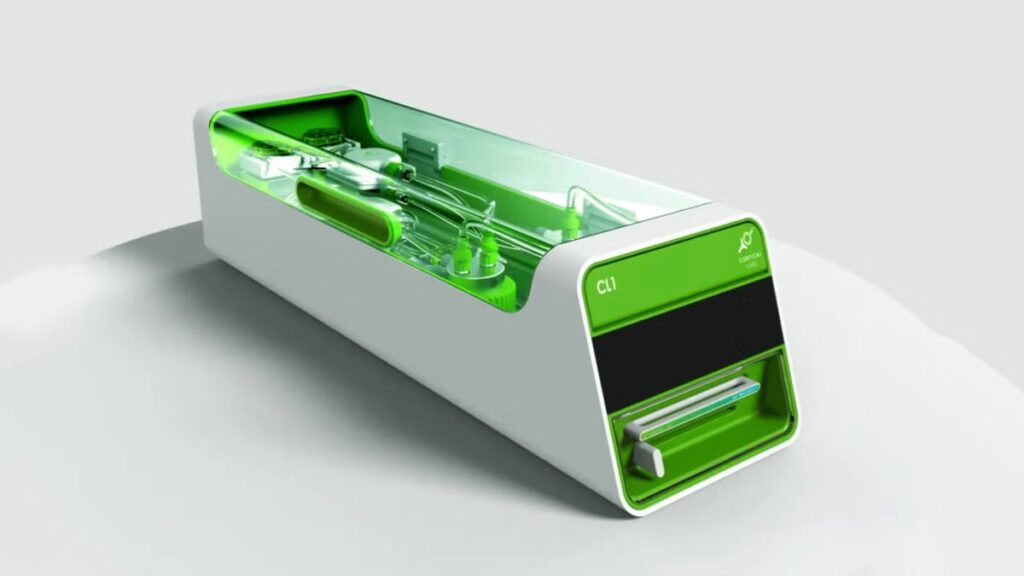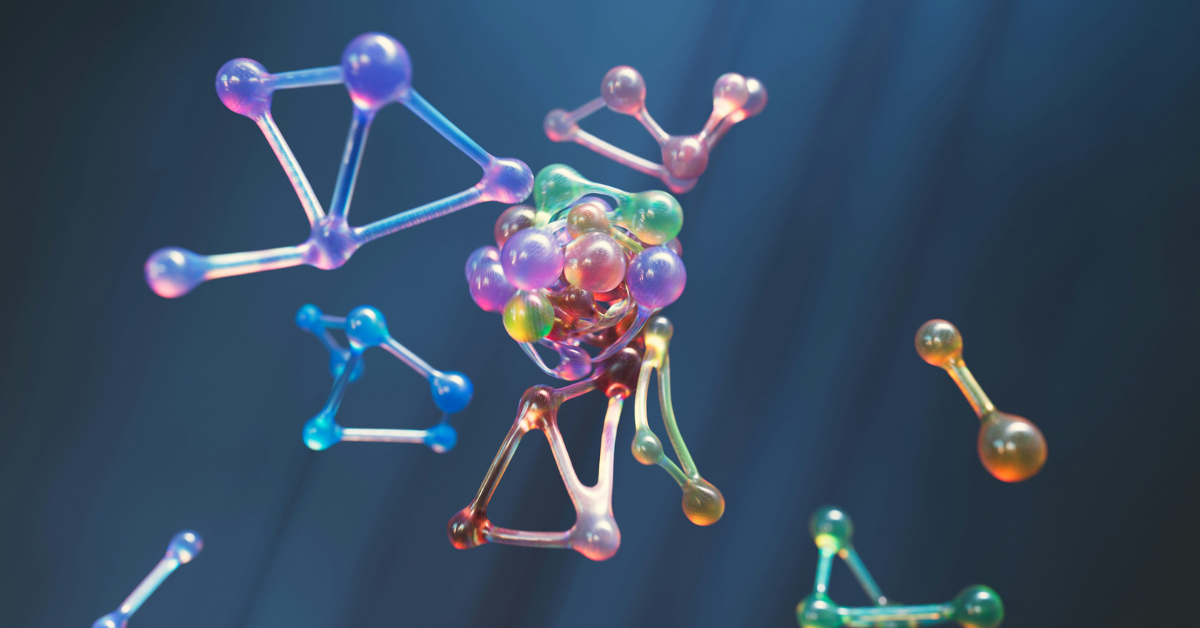Biological intelligence has advanced significantly since the first commercial biocomputer was introduced. The CL1 was introduced in Barcelona on March 2, 2025, by the Australian business Cortical Labs. This ground-breaking gadget combines silicon hardware and human brain cells to produce a potent, adaptable, and energy-efficient computer platform.
Living neural networks derived from human induced pluripotent stem cells (hiPSCs) are used in the CL1. These networks create flexible, dynamic pathways that resemble the learning and adaptation processes of the human brain. This innovative method is known as Synthetic Biological Intelligence (SBI) by Cortical Labs. Compared to conventional silicon-based artificial intelligence, it is expected to be more dynamic and effective.

The CL1 is the product of almost six years of development, according to Cortical CEO Dr. Hon Weng Chong. “This is the culmination of our vision,” he stated. “We’ve made the platform accessible to researchers around the world.” The CL1 is available for direct purchase or remote access via Cortical’s cloud service, which they refer to as “Wetware-as-a-Service” (WaaS).
The CL1’s technology was developed from Cortical’s previous DishBrain project. 800,000 neurones were trained by the business to play the video game Pong in 2022. That project demonstrated biological intelligence’s capacity for rapid and effective task adaptation.
The CL1 expands on this concept. Compared to earlier, the hardware is more stable and straightforward. It enables fine-grained control over the neurons’ electrical stimulation. This prolongs the cells’ health, allowing for more thorough and reliable research.
The CL1’s neurone networks are visible expanding and connecting under a microscope. Similar to how the brain learns, these networks modify their behavior in response to rewards or penalties. Because of this, the CL1 is perfect for robotics, illness modeling, and drug development.
According to Cortical Chief Scientific Officer Dr. Brett Kagan, the team’s goal is to develop a “Minimal Viable Brain” (MVB). This entails creating a model brain with minimal complexity and just the right kinds of cells to replicate human thought processes. “We don’t know yet what that looks like,” stated Kagan, “but with CL1, we now have the tools to find out.”
Kagan went on to say that biological intelligence has special advantages over artificial intelligence. The neurons that drive living brains are also used by it. Though the business is wary of the ethics involved, this makes SBI systems more responsive, flexible, and maybe conscious.
Cortical makes sure that all CL1 applications adhere to stringent moral and legal guidelines. The usage of the technology is monitored by a number of government and health organizations, and remote access is restricted.
The impact of CL1 might be enormous. Scientists can now test drugs directly on real human neurons, eliminating the need for animal testing. This could lessen the moral burden of animal testing and expedite research into conditions like epilepsy and Alzheimer’s.
Despite its achievements, Cortical Labs still has problems. Kagan stated, “We don’t fit in a box.” “We are more than just AI or medicine—we are both.” This makes obtaining money challenging. However, now that scientists have the CL1, the practical applications of biological intelligence are about to be realized.
Biological intelligence is a completely new way of thinking about learning and computing, not just a new tool. With CL1, Cortical Labs has opened the door to a future where machines think more like people, and science pushes the frontiers of what intelligence truly is.




